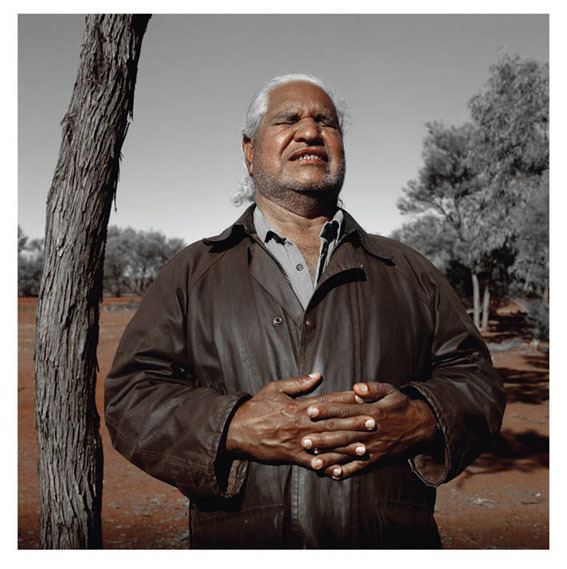How much do you know about the many nuclear tests in Australia secretly conducted by the British? Chances are, not much.
The exhibition “Black Mist, Burnt Country” has been touring Australia since 27. September 2016, marking the 60th anniversary of the first Maralinga atomic tests. It consists of paintings, photographs, sculptures, videos, prints and found objects made over the course of several decades by Indigenous and non-indigenous artists.
Even though these are not the first nuclear tests conducted on Australian soil, Maralinga (“thunder”in Garik, now extinct language of Northern Territory) became a symbol of Imperial ambition over human lives, much like Hiroshima.
After USA excluded their former WWII ally from the nuclear program in 1946, Britain reached over for Australian soil in their desperate and ultimately doomed attempt to join the “nuclear club”. Numerous so-called “minor trials” were conducted between 1956 and 1963 in Maralinga, on Pitjantjatjara land in the southern part of the Great Victoria Desert of South Australia. Unsurprisingly they caused widespread displacement, severe health issues and death for the local population, as well as the estimated 35,000 under-equipped or improperly informed Australian personnel involved. Significant amounts of plutonium and beryllium were found in the area during later research that was conducted only in the ‘70s.
Famous Aboriginal rights activist Yami Lester of Aṉangu Pitjantjatjara Yankunytjatjara land in SA described what happened to his community as “black mist” that covered the country and poisoned the waters. Yami was himself blinded in this event and later became a prominent figure in the fight for the rights of Indigenous people affected by the nuclear tests.

The exhibition contains some striking photographs of the effects on people and landscape. Also very notable are several traditional-style paintings that are both lush and distressing at once, as well as the very easily recognizable landscape with clouds by Blak Douglas. Seeing the haunting-looking photographs side by side with the narrative of Aboriginal paintings is especially powerful in conveying the gravity and scale of the misfortune that lasts to this very day.
The exhibition will reside at Penrith Regional Gallery until 29th of July in and will then continue touring nationally until February 2019.



